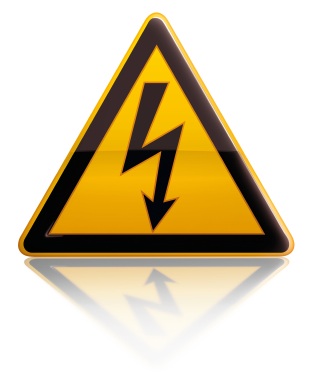 While most of us are familiar with electric shock, there’s significantly less awareness around arc flash – and people can die from these sudden exposures.
While most of us are familiar with electric shock, there’s significantly less awareness around arc flash – and people can die from these sudden exposures.“Z462 deals with both electric shock and arc flash, but arc flash was seldom recognized in the past as being a hazard,” says the CSA’s Dave Shanahan. But an arc flash can occur at any time – when systems break down and fail, or when work is being done on a system.
Arc flash typically applies to high-voltage systems in industrial or commercial facilities. While electric shock is almost always a result of direct contact, arc flash doesn’t require contact. It’s a sudden release of electrical energy through the air – like a conducting plasma fireball – that can result in severe burns and even death.
“It’s a rapid expansion of air, four times the surface temperature of the sun,” says Mike Doherty of EUSA. “If we’re sitting on the surface of the sun, can you feel the heat? Close your eyes and imagine it four times hotter.” An arc flash happens very quickly, typically in one-sixteenth of a second, but in that time it can ignite clothing and burn skin.
Face shields help protect against infrared and UV to the eyes, while hearing protection helps protect ears – because the decibels are way off the charts, an arc flash can deafen you for the rest of your life.
When you’re startled, you inhale. So when an arc flash explodes in your face, you breathe super-heated noxious copper vapor into your lungs, and that can kill you. When an arc flash occurs, molten copper with shrapnel is ballistically applied to the work area, up to 932 degrees C, with the same force as dynamite in your face.
The noxious copper vapor creates a rapid expansion of air as it vaporizes – the same expansion as dynamite going off – so you now have a pressure and concussive hazard. “What is the personal protective equipment for that kind of pressure? There is none, so it’s a huge problem,” says Doherty. “We better plan our work, we better know what we’re doing.”
The point is to avoid initiating an arc flash in the first place. “Even if you have all the right equipment, so many things could go wrong,” he says. “It’s not an exact science.”
Vawn Himmelsbach is a Toronto-based freelance writer. You can reach her at [email protected]





